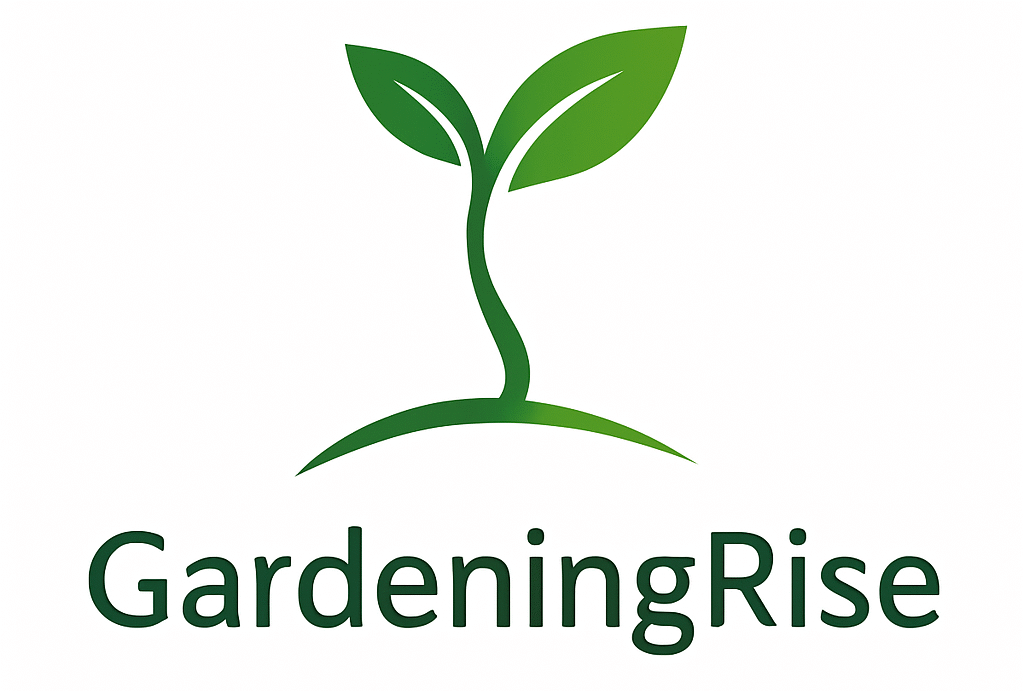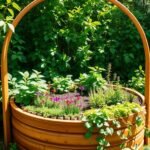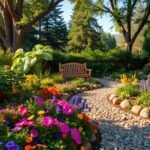Dreaming of a refreshed outdoor space that feels inviting but won’t drain your wallet? You’re not alone. Many homeowners assume stylish landscapes require professional help or premium materials, but with a little ingenuity, you can craft a personalized oasis for less. Let’s explore how simple tweaks and creative thinking make all the difference.
Start by reimagining what you already own. Old furniture, leftover bricks, or even mismatched containers can become charming focal points. Pair these with hardy, low-maintenance plants like succulents or native perennials—they thrive with minimal care and add vibrant color year after year.
Planning is your best ally. Sketch a rough layout to avoid costly mistakes, and focus on high-impact areas like pathways or seating zones. For example, smart DIY projects using gravel or concrete blocks can define spaces without expensive hardscaping. Small efforts, like grouping potted plants or adding string lights, create instant ambiance.
Remember: a stunning yard isn’t about how much you spend—it’s about how wisely you use resources. Whether you’re refreshing a patio or starting from scratch, this guide will show you how to maximize every dollar while crafting a retreat that feels uniquely yours.
Introduction to Your Budget-Friendly Garden Journey
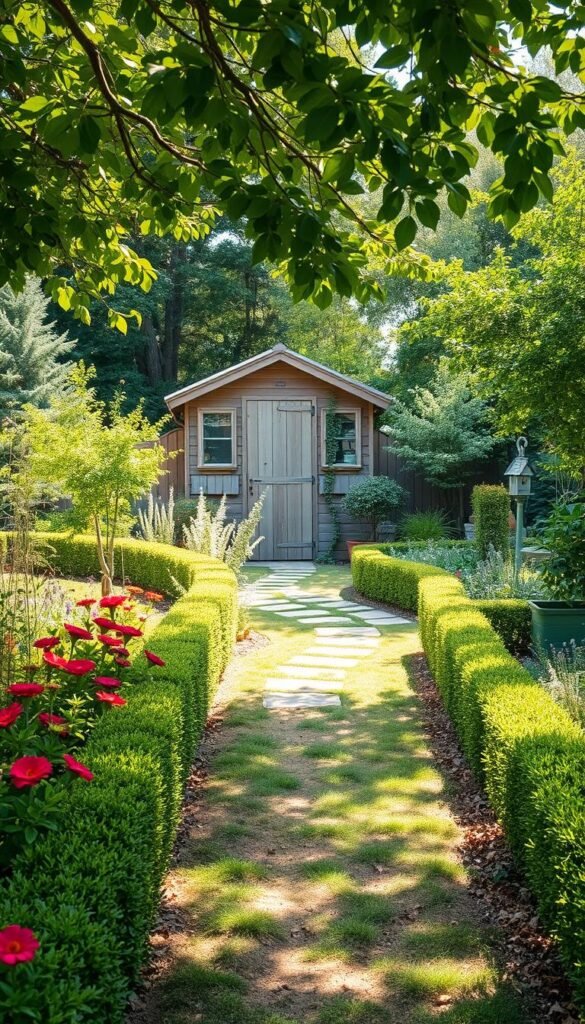
Ready to transform your yard without overspending? The secret lies in working smarter, not harder. Begin by walking around your space with fresh eyes—that cracked terra-cotta pot or pile of leftover bricks could become a rustic herb planter or charming walkway.
Start with simple upgrades like refreshing mulch beds. A 2-inch layer suppresses weeds while locking in moisture, saving you hours of maintenance. “Focus on what brings joy first,” suggests a Texas landscaper. “A $10 pack of marigold seeds can brighten a dull corner faster than expensive shrubs.”
Break projects into phases. Tackle high-visibility areas like entry paths this season, then add flowering perennials next spring. Time purchases wisely—nurseries often discount plants in late summer, and fall is ideal for planting trees.
Prioritize changes that serve multiple purposes. Stone edging defines flower beds and prevents soil erosion. Solar-powered lights mark pathways while creating evening ambiance. By aligning improvements with natural cycles and your home‘s existing features, you’ll craft a cohesive look that grows richer over time.
Setting a Stunning Focal Point in Your Garden

Your yard deserves a showstopper that anchors its personality. A well-placed focal point directs attention and gives your space structure. Start by identifying natural highlights—like a seating area or pathway—and amplify them with strategic upgrades.
Arched Trellis Ideas for Visual Impact
Build an arched trellis using PVC pipes or reclaimed wood. Train fast-growing vines like morning glories or clematis to climb it. Space plants 12-18 inches apart for airflow. In weeks, you’ll have a living sculpture that adds height and drama.
“Black paint isn’t just trendy—it’s transformative. It turns dated sheds into sleek backdrops that let greenery pop.”
Creative Painted Accents to Transform Old Fixtures
Revive tired fences or benches with matte black paint. This shade creates depth, making small areas feel larger. For a cohesive look, pair painted elements with metal planters or textured foliage.
| Paint Color | Effect | Best For |
|---|---|---|
| Black | Adds depth, hides flaws | Fences, sheds |
| Soft Gray | Modernizes surfaces | Furniture, pots |
| Moss Green | Blends with nature | Birdhouses, trellises |
Position your focal elements where they’ll catch the eye—near seating spots or along walkways. Even a single bold feature can make your entire space feel intentional and polished.
DIY Garden Enhancements for a Creative Touch

Want to add personality without splurging? Simple DIY projects turn everyday items into eye-catching accents. All you need are basic tools, leftover materials, and a dash of imagination.
Crafting Unique Sun Catchers and Wind Chimes
Transform wooden cutouts into radiant sun catchers. Paint a sunflower shape with acrylics, then glue metallic beads along the petals. Hang it where sunlight hits—it’ll cast rainbow patterns on nearby surfaces.
For wind chimes, repurpose old silverware or seashells. Drill holes, string them with fishing line, and suspend from a branch. The gentle clinks create a calming soundtrack for your garden.
| Material | Project | Visual Effect |
|---|---|---|
| CDs | Mosaic stepping stones | Sparkling reflections |
| Wine bottles | Pathway borders | Colorful glass glow |
| Bicycle rims | Hanging planters | Industrial charm |
Repurposing Everyday Items for Garden Art
Broken pottery? Arrange shards into a mosaic birdbath. Chipped teacups become whimsical succulent planters. Upcycled art saves money and reduces waste while adding visual interest.
“The best garden décor tells a story. A rusty watering can or hand-painted rock reminds visitors of your creativity.”
Seal projects with outdoor-grade varnish to protect against rain. Place bold pieces near seating areas or gates—they’ll spark conversations while blending seamlessly with your plants.
Budget-Friendly Garden Design Ideas for a Stunning Outdoor Space
Transform your yard into a personal retreat without emptying your wallet. Small, intentional upgrades create big visual impact when layered thoughtfully. Focus on projects that multiply your efforts—like swapping annuals for self-seeding flowers or using salvaged bricks to edge flower beds.
Recycled materials often become standout features. Old pallets morph into vertical herb gardens, while cracked ceramics form mosaic stepping stones. DIY projects like building cedar planter boxes save up to 70% compared to store-bought versions. “Creativity beats cash every time,” notes landscape architect Jeni Webber. “A $5 can of spray paint can unify mismatched pots into a cohesive collection.”
Time your projects strategically:
- Shop nurseries in late summer for discounted perennials
- Build hardscapes during winter sales on pavers
- Divide existing plants each spring for free greenery
Prioritize elements that serve dual purposes. A gravel path doubles as drainage control, while trellises support climbing veggies and flowers. Group thrifted lanterns near seating areas—they provide evening ambiance and define zones.
This approach lets you stretch resources while crafting an outdoor space that feels curated, not cheap. Remember: consistency matters more than cost. Repeat colors or textures across different areas to tie your design together effortlessly.
Creative Planting and Raised Bed Solutions
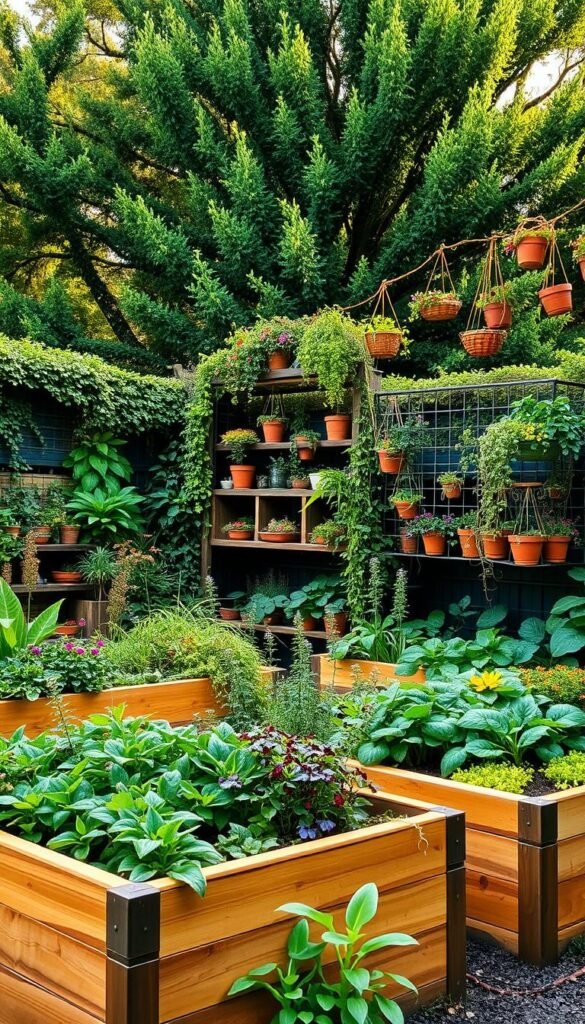
Elevate your gardening game with smart solutions that multiply beauty while minimizing effort. Strategic planting choices and thoughtful layouts let you work with nature rather than against it.
Considering Raised Beds for Better Drainage
Raised beds solve multiple challenges at once. Their elevated design prevents waterlogging—a lifesaver in heavy clay soils. Warmer soil temperatures in spring mean earlier planting dates for veggies like tomatoes.
Build affordable versions using repurposed materials. Old fence boards or concrete blocks create sturdy frames in under an hour. Fill them with a 50/50 mix of topsoil and compost for thriving roots.
Dividing Perennials for Continuous Growth
Turn one $15 perennial into three free plants every 2-3 years. Clump-forming varieties like geums multiply effortlessly when split. Here’s how:
- Water thoroughly the day before dividing
- Dig around the plant’s drip line
- Slice through roots with a sharp spade
| Perennial | Best Division Time | Bloom Impact |
|---|---|---|
| Astrantia | Early spring | Longer-lasting flowers |
| Hardy Geranium | Fall | Denser foliage |
Replant divisions immediately, keeping roots moist. This technique revitalizes older plants while filling empty spots in flowerbeds. Pair divided perennials with annuals for instant color while waiting for new growth.
Vertical Gardening and Space-Saving Strategies
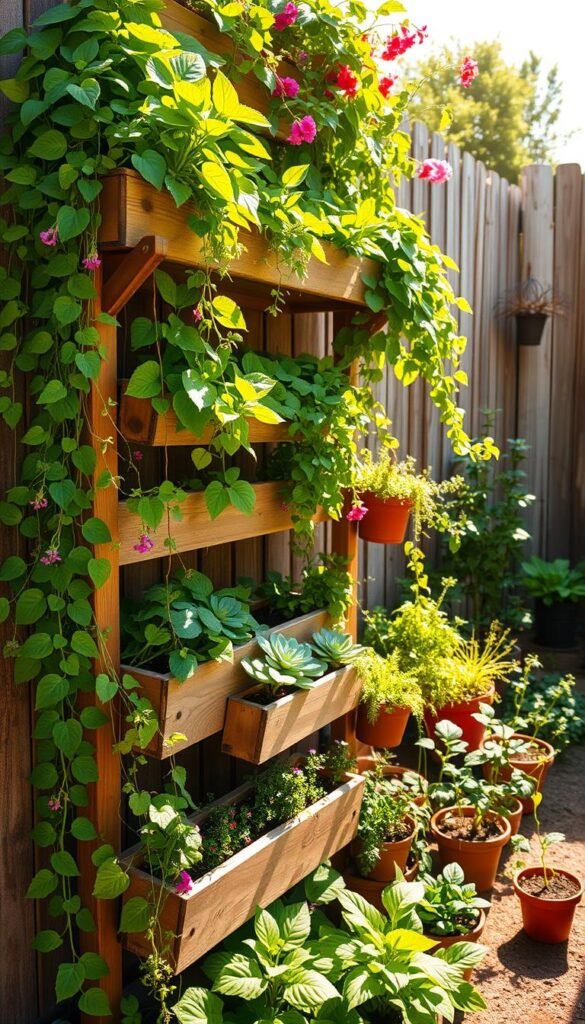
Don’t let limited square footage hold back your green ambitions. By growing upward instead of outward, you create lush layers that save ground area while multiplying visual appeal. Start with simple projects like hanging planters—they add life to blank walls and keep herbs within easy reach.
Elevate Your Greenery with Smart Hanging Systems
Transform a porch ceiling into a floral showcase using white vinyl gutters. Cut them into 3-foot sections, drill drainage holes, and secure with nylon rope. Fill with trailing plants like petunias or herbs such as thyme—their cascading stems hide the hardware beautifully.
Metal stakes offer another clever way to maximize vertical space. Push them into soil near tomatoes or beans to encourage upward growth. This keeps leaves dry, reduces pests, and makes harvesting easier.
| Plant Type | Growth Habit | Best Use |
|---|---|---|
| Creeping Jenny | Trailing | Planter edges |
| Rosemary | Upright | Wall pockets |
| Pole Beans | Climbing | Trellis systems |
Watering tip: Use drip irrigation lines along vertical gardens. They deliver moisture directly to roots without over-saturating leaves. Pair with slow-release fertilizer pellets to nourish plants all season.
Layer tall climbers behind low-growing flowers for depth. This “staircase effect” ensures every plant gets sunlight while creating eye-catching dimension. Your small yard will feel like a thriving botanical sanctuary.
Upcycling Materials for Unique Garden Decor
Breathing new life into forgotten items adds character while keeping waste out of landfills. With basic tools and creativity, you can turn discarded materials into conversation-starting features that thrive in your space.
Reusing Plastic Bottles and Wellies as Planters
Old rubber boots make whimsical planters for herbs or trailing flowers. Drill three holes in each sole for drainage, then fill the bottom third with gravel. This prevents soggy roots while adding stability on uneven ground.
Plastic bottles become self-watering containers when cut horizontally. Bury the neck in soil, leaving the open half above ground. Fill with compost and drought-tolerant sedums—they’ll soak up moisture through the buried section.
| Material | Best Use | Prep Tip |
|---|---|---|
| Rubber Boots | Patio displays | Add drainage holes |
| 2-Liter Bottles | Hanging gardens | Cut side panels |
| Milk Jugs | Seed starters | Remove labels |
Personalize items with weatherproof paint or twine wraps. Cluster varied sizes together near seating areas for a curated look. As one gardener notes: “My polka-dot wellies now grow strawberries—they’re functional art that makes neighbors smile.”
Adding Water Features Without Breaking the Bank
Bring movement and calm to your yard with affordable water elements. Even a modest pond or bubbling fountain becomes a living sculpture that attracts dragonflies and songbirds. These features add sensory appeal while serving as natural humidifiers for nearby plants.
DIY Small Ponds and Fountain Focal Points
Start with a preformed pond liner from your local hardware store. Dig a 2-foot-deep hole, line it with sand for cushioning, then position the liner. Surround it with flat stones to hide edges and create a natural transition. Add a small pump ($45-$80) to keep water circulating—this prevents mosquitoes and maintains oxygen levels.
For a tabletop fountain, use a ceramic bowl as your base. Connect a submersible pump to copper tubing, then stack river rocks around it. The gentle trickle masks street noise while creating a relaxing point of interest. Maintenance is simple: top off evaporated water weekly and clean pumps monthly.
| Feature | Materials Needed | Cost Range |
|---|---|---|
| Mini Pond | Liner, pump, marginal plants | $75-$150 |
| Container Fountain | Bowl, tubing, decorative stones | $30-$90 |
“Water features act as natural air conditioners. They cool surrounding areas by 5-8°F during summer heatwaves.”
Choose plants that thrive in wet conditions. Water lilies shade the surface, while horsetail reeds add vertical structure. For low upkeep, stick to 2-3 species and avoid invasive varieties like water hyacinth.
Liven Up Your Garden with Lighting and Ambiance
Turn your evenings into magical gatherings with smart lighting solutions. Strategic illumination extends your space‘s usability while highlighting its natural charm. Affordable string lights and solar fixtures create instant atmosphere without complex wiring.
Setting Up an Outdoor Cinema Scene
Transform your yard into a movie theater using items from your house. Interior stylist Kel Harmer crafted a screen from a kingsize sheet secured with pegs and string. Follow these steps:
- Hang the sheet between trees or posts using waterproof clamps
- Position a projector on a stable surface 10-15 feet away
- Run power cables under seating areas to prevent tripping
Add cozy touches with weatherproof floor cushions and mosquito-repelling citronella candles. Solar-powered fairy lights strung overhead provide soft glow without overwhelming the screen.
| Light Type | Best Placement | Cost Range |
|---|---|---|
| Solar Path Lights | Walkway edges | $2-$5 each |
| LED String Lights | Overhead canopy | $15-$30 set |
| Spotlights | Architectural features | $20-$50 |
“The sun sets, but your garden shouldn’t fade to black. Layered lighting creates depth—like highlighting a trellis while keeping seating areas softly lit.”
For more home gardening ideas that won’t break the, explore timer systems that automate your lighting schedule. Combine pathway markers with accent lights to guide guests safely while showcasing your favorite plants after dark.
Organizing Your Outdoor Space for Efficiency
Transform clutter into clever storage with items you already own. That chipped bookshelf collecting dust in your basement? Flip it sideways and secure it to the shed wall—instant vertical storage for hand tools or seed packets. An old shoe rack isn’t just for sneakers; mount it near the door to corral muddy boots or hold spray bottles.
Look around your home before buying organizers. Empty coffee cans become waterproof containers for twine and gloves. An unused shower caddie hung on a hook keeps small items like plant tags within reach. Group similar supplies together—store potting soil near trowels, and keep pruners by your workbench.
For larger spaces, try repurposed finds like shutters or ladders. Lean them against walls to display potted herbs or hang lightweight tools. This approach saves floor area while adding rustic charm.
Label everything clearly. Paint stir sticks make durable markers for bins or shelves. A well-organized garden shed cuts search time in half, letting you focus on what matters: enjoying your thriving outdoor retreat.
